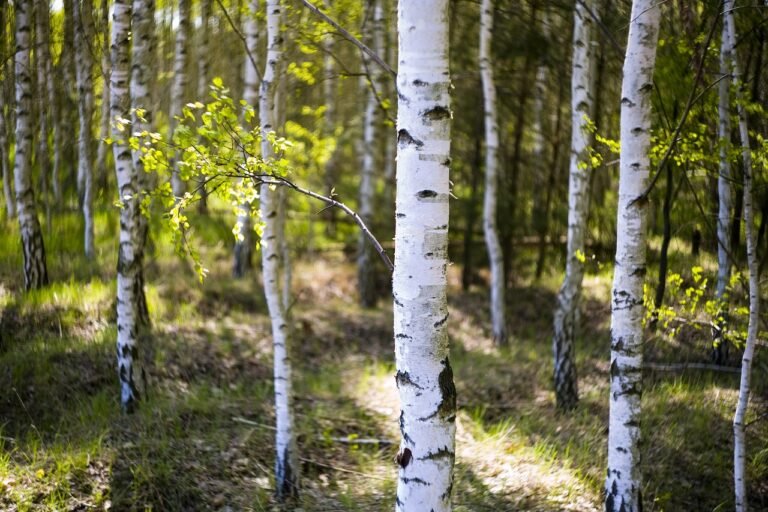Order Direct from the Manufacturer
How are briquettes different from traditional logs?
If you are comparing wooden briquettes to kiln dried logs, you will find very little difference in the quality and performance of the two. This is thanks to the manufacturing process that is used in wooden briquette production. It relies on a press, compressing the sawdust over and over. It is a simple process that removes any moisture, compacting the sawdust together, providing you with a high quality briquette you can use with confidence.
Logs, on the other hand, are different, even kiln dried logs, as they are in their original form. With traditional logs there is a different in terms of burning characteristics and heat released, all based on the type of wood being used.
Value for Money
You have probably already been struggling with what is the best fuel to heat your home this winter, briquettes or logs? The cost of a single briquette is more than a single log, but the briquette produces more heat and burns for longer.
The only way to confirm this is to use both fuel types over a period of time. Buy a box of our wooden briquettes and see how long they last, then do the same for a box of our Ready to Burn certified, kiln dried logs. This is the only way you will know for sure what works best for you. Everyone is unique and everyone has their own preferences when it comes to the wood they choose for burning.
A majority of our customers use a mix of wooden briquettes and our kiln dried logs, though the majority use kiln dried logs only. One option is to use logs for the initial heat and then add briquettes later to enjoy a slow release of heat that will last considerably longer.
Heat Output
Good quality briquettes are concentrated sources of heat energy. They are very dense, much denser than an average traditional hardwood log. Density is important when it comes to heat output.
Ambience
While briquettes produce a consistent and uniform flame, they cannot be a substitute for a real log fire. Traditional logs offer a variety of flame types, smells, and burn rates. They offer the ambience you are looking for when it’s a cold night and you want a roaring fire to warm the home.
Environmentally Friendly
Briquettes burn at high temperatures with a very low moisture content, similar to our Ready to Burn certified kiln dried logs. This means that they do not produce as much smoke, creosote, or ash, offering you a cleaner burn. Compare our briquettes to traditional logs, such as green or seasoned logs, you will find they are considerably more environmentally friendly, helping you reduce your carbon footprint, while meeting the requirements in smokeless areas across the United Kingdom.
Storage
Briquettes come in a box and are very easy to store. They are not as bulky as traditional logs. Traditional logs, on the other hand, need careful storage, along with requiring more storage space. Your briquettes can be kept in their box and placed anywhere indoors with confidence, ensuring they stay dry to produce the best heating solution for your home.
Lighting the Fire
Briquettes and traditional logs will require kindling to get your fire going with ease. Kindling is natural wood and the best solution to get your logs or briquettes to catch alight, helping you get your fire going quickly and easily.
Conclusion
Briquettes are more environmentally friendly, offering a higher heat output, and a long burn time when compared to traditional seasoned or green logs. Our briquettes and kiln dried logs are both Ready to Burn certified, ready for immediate use in the UK.



